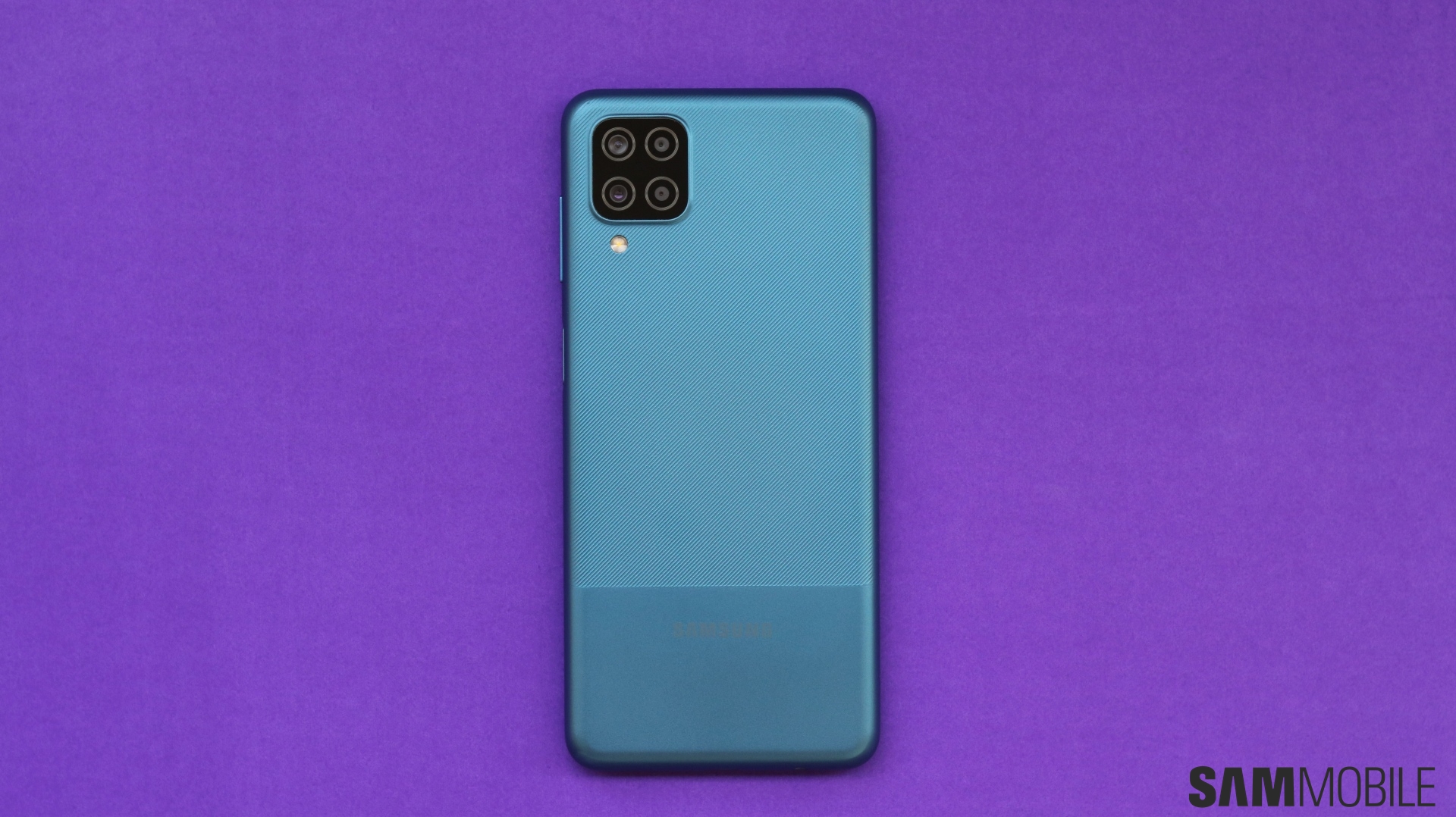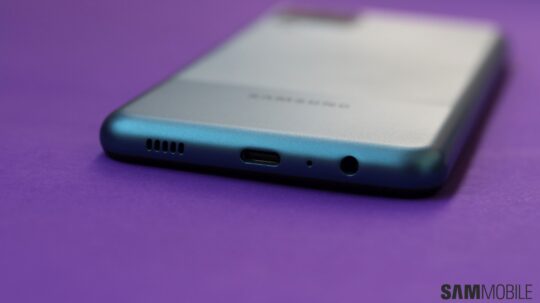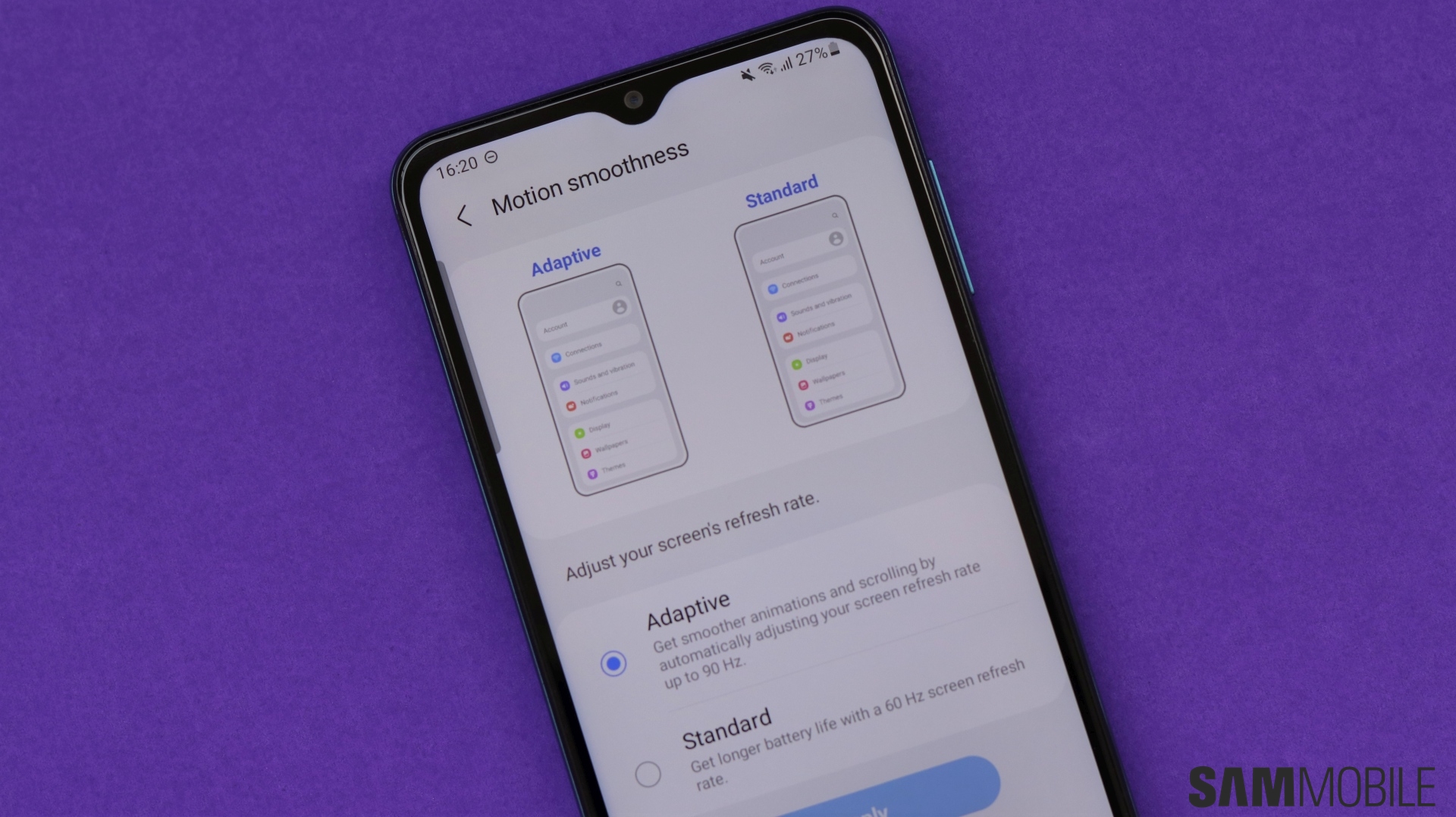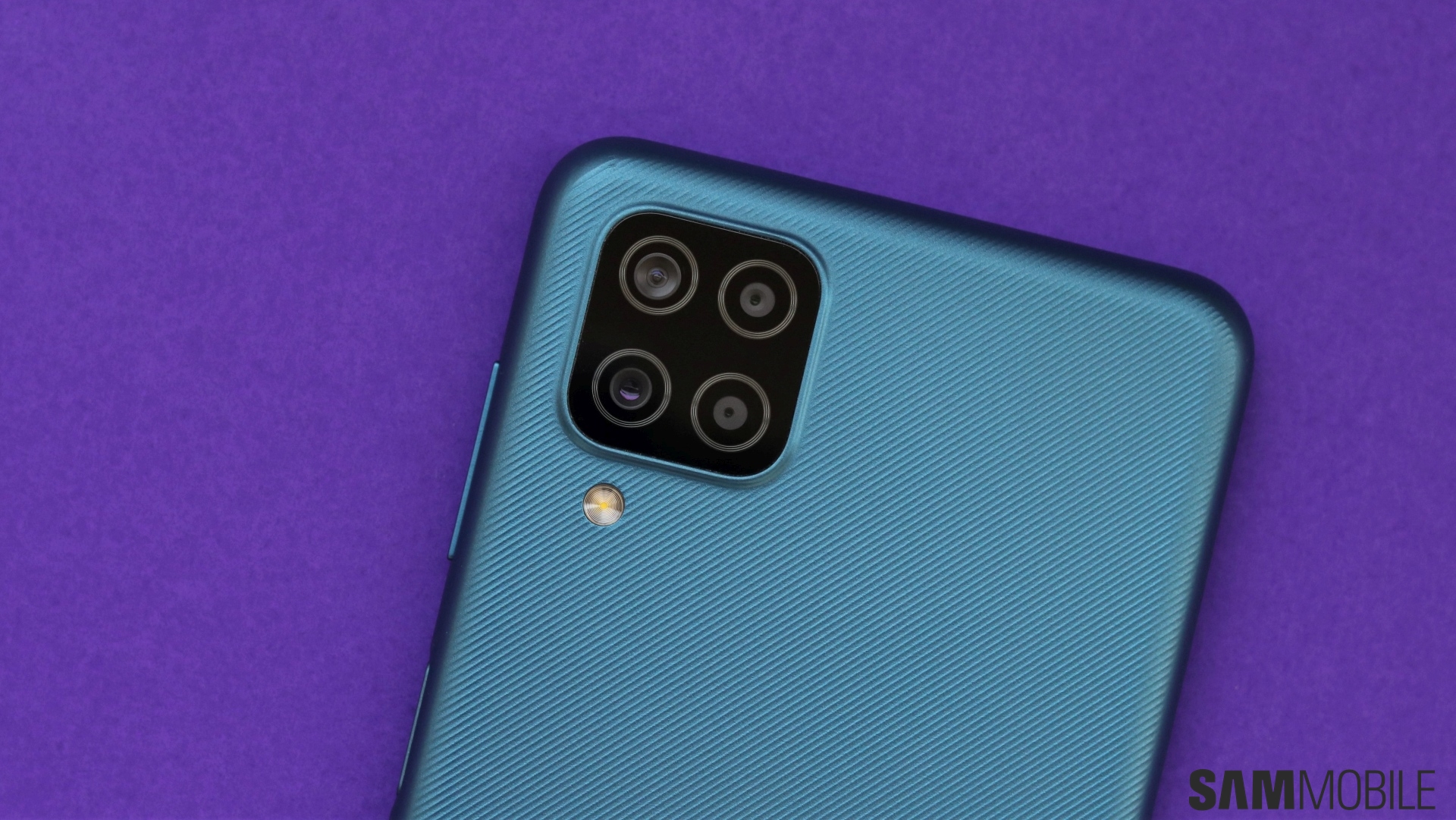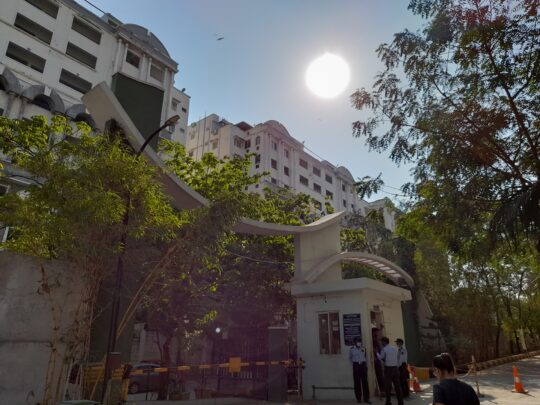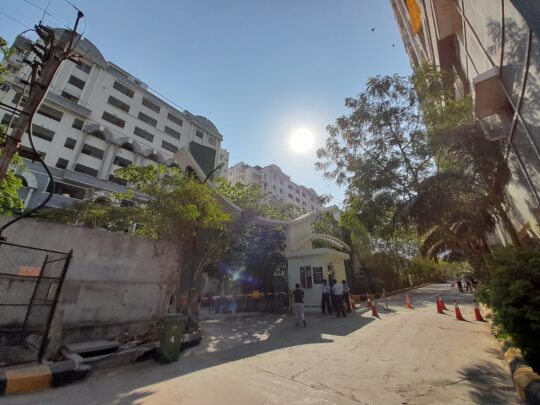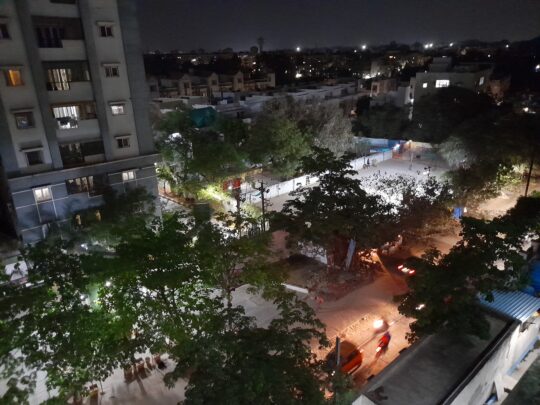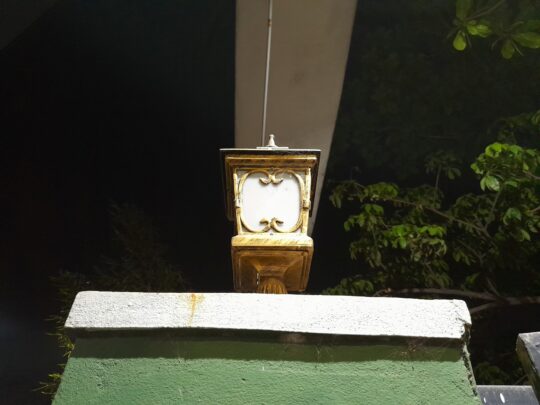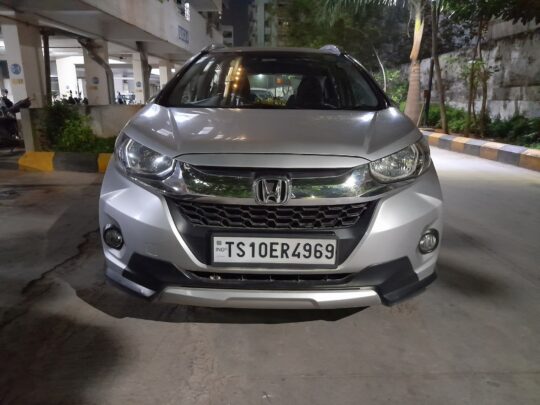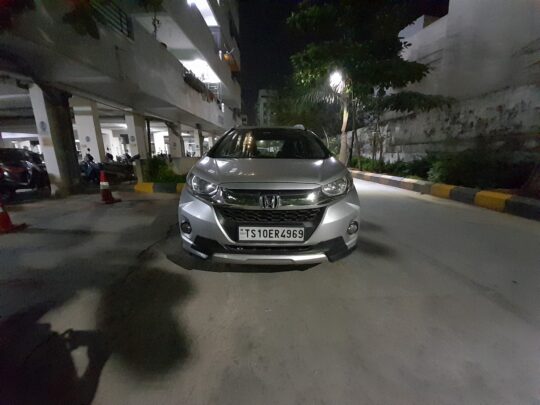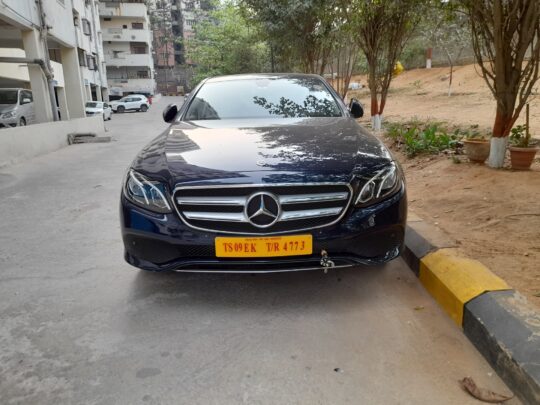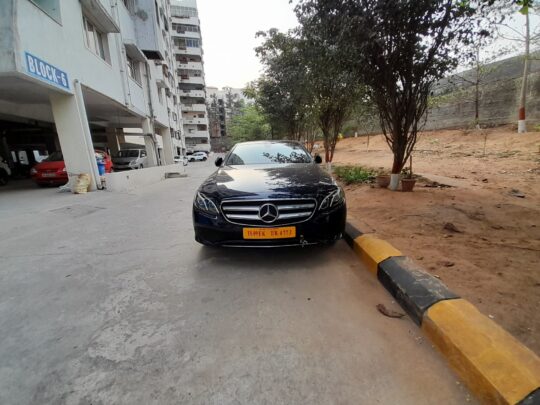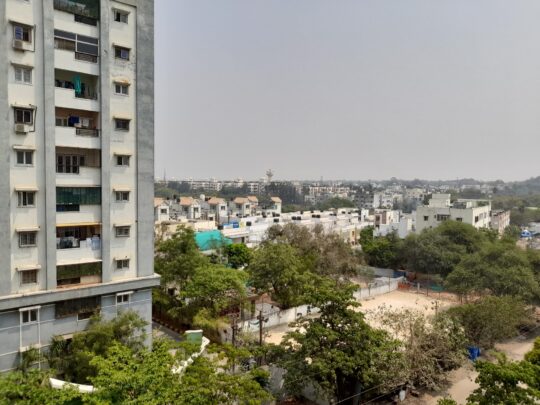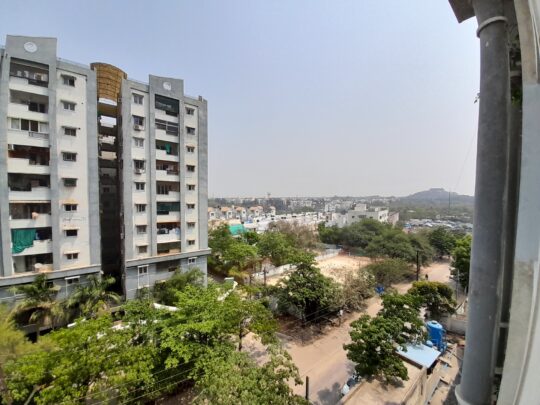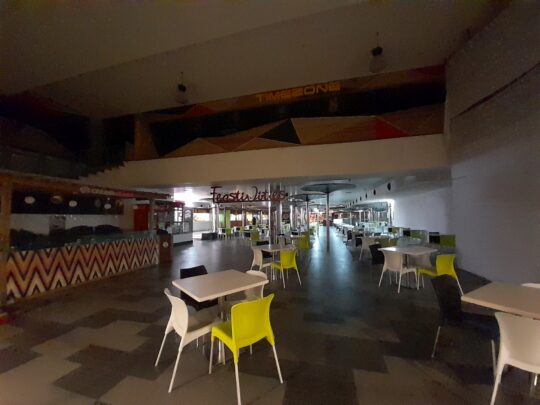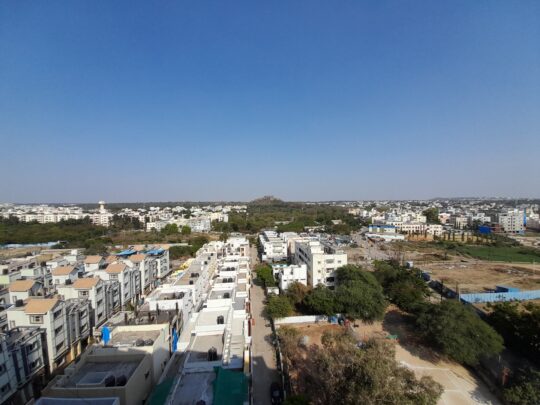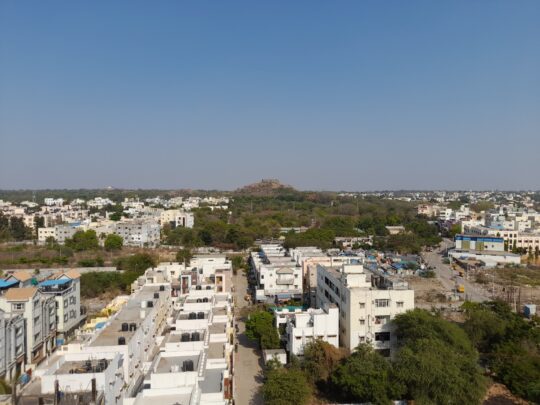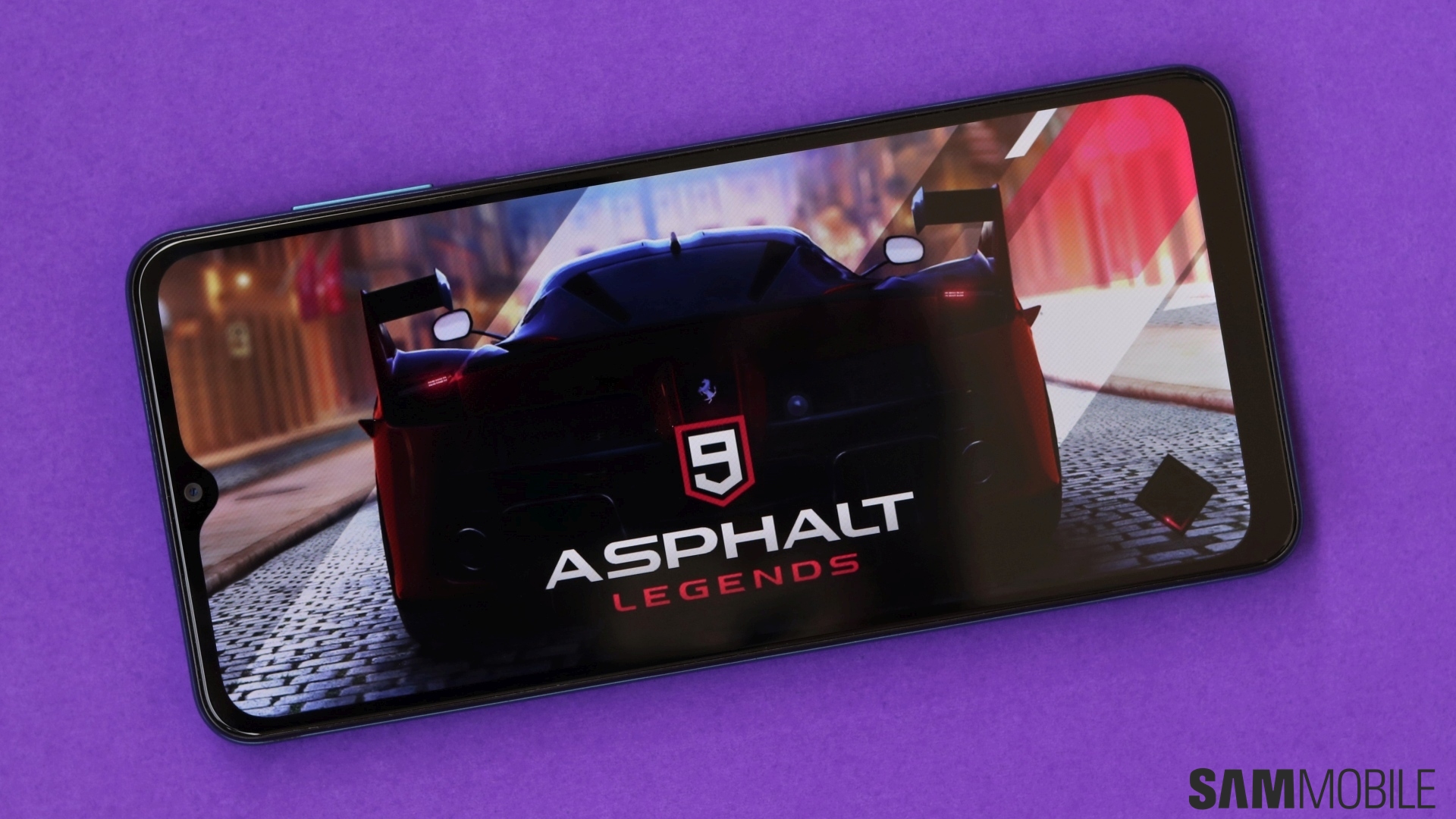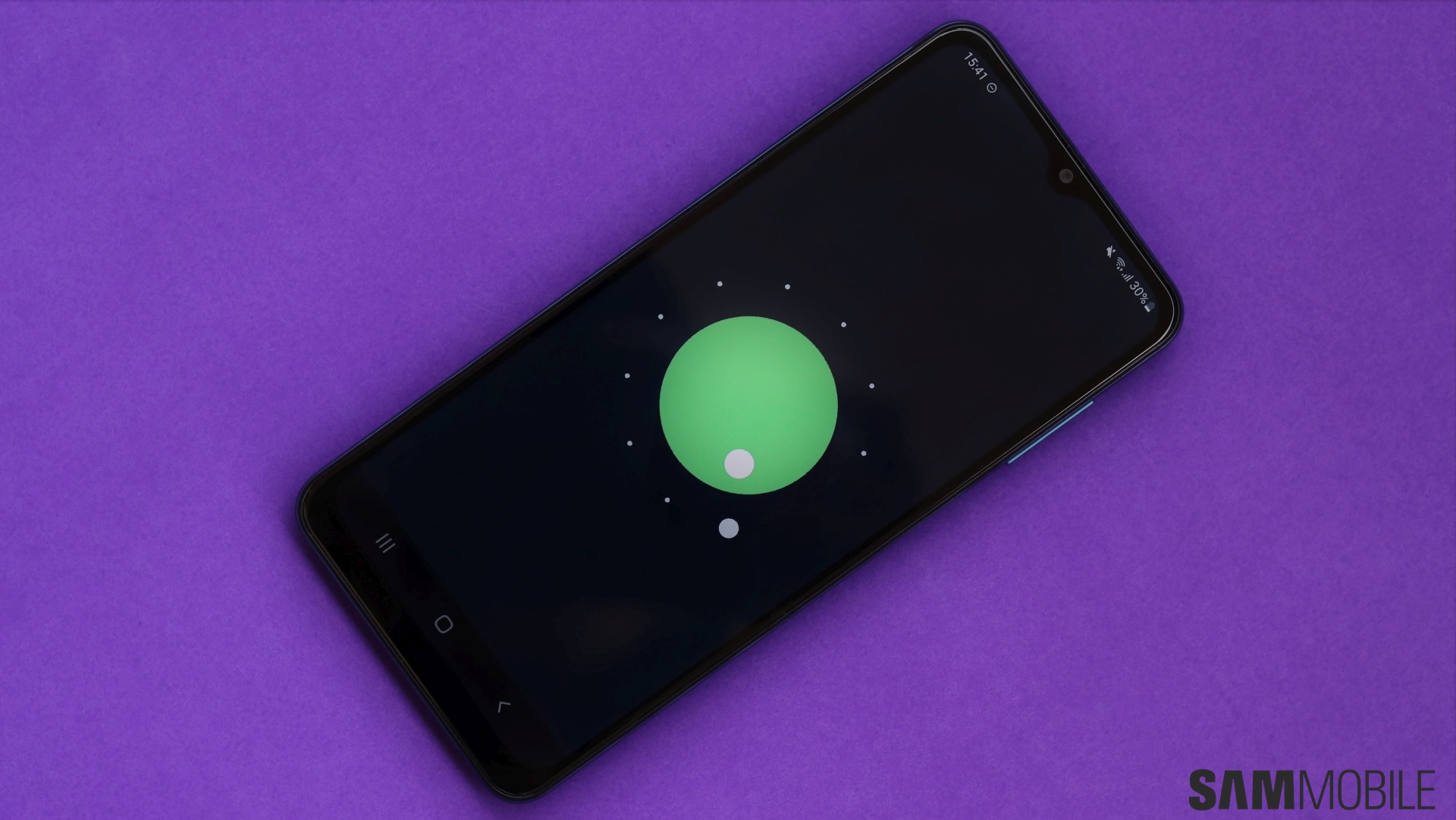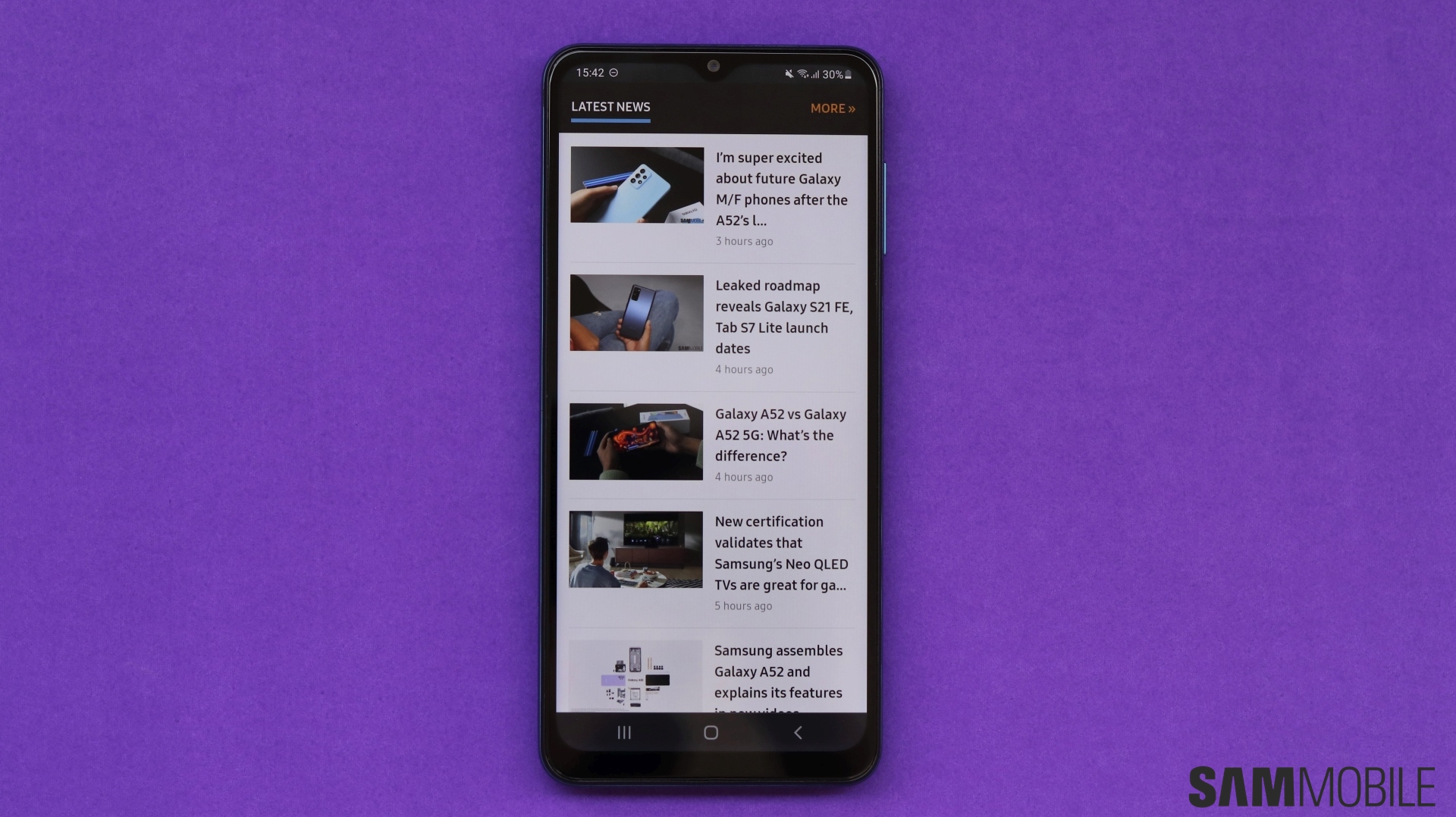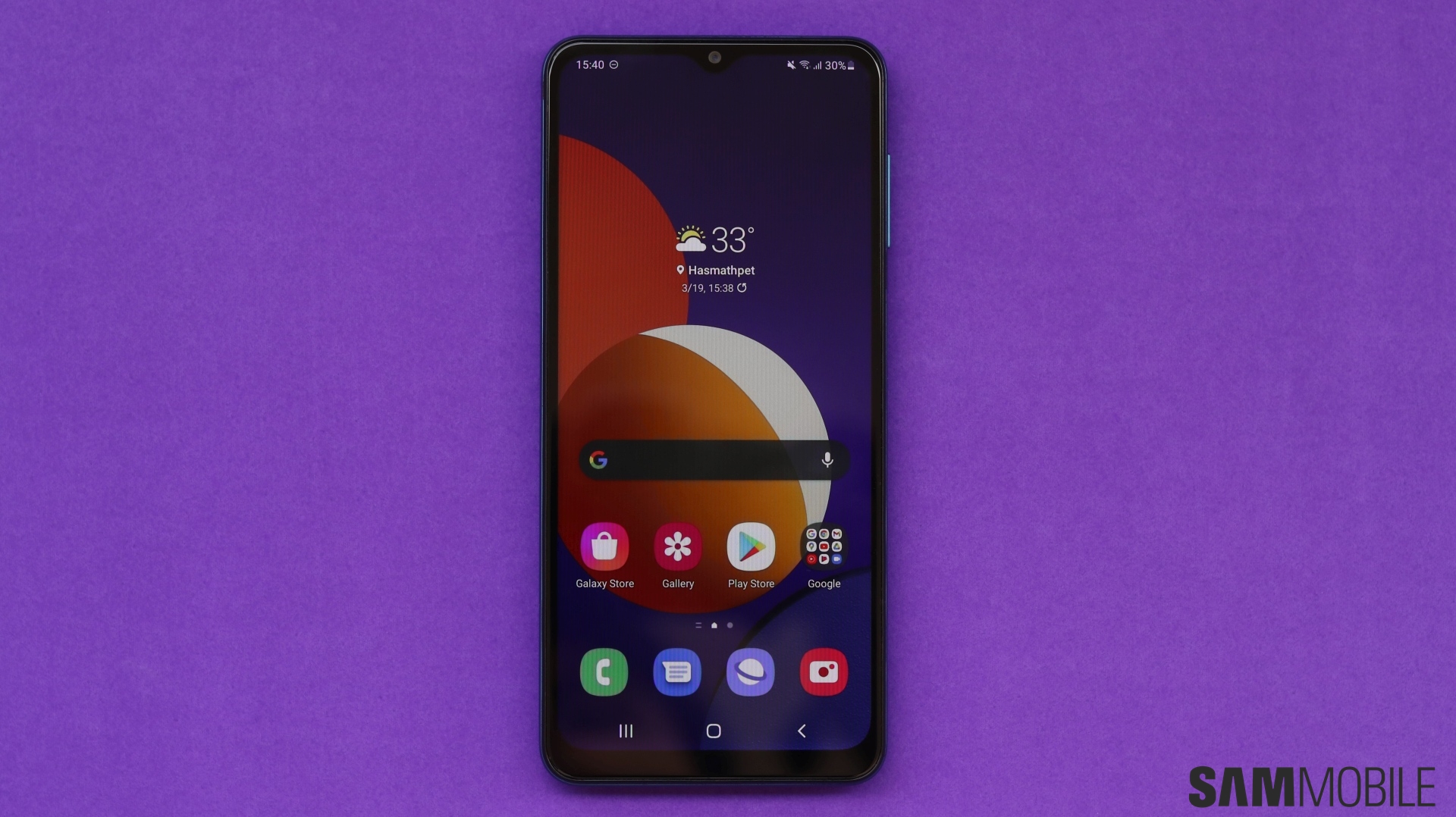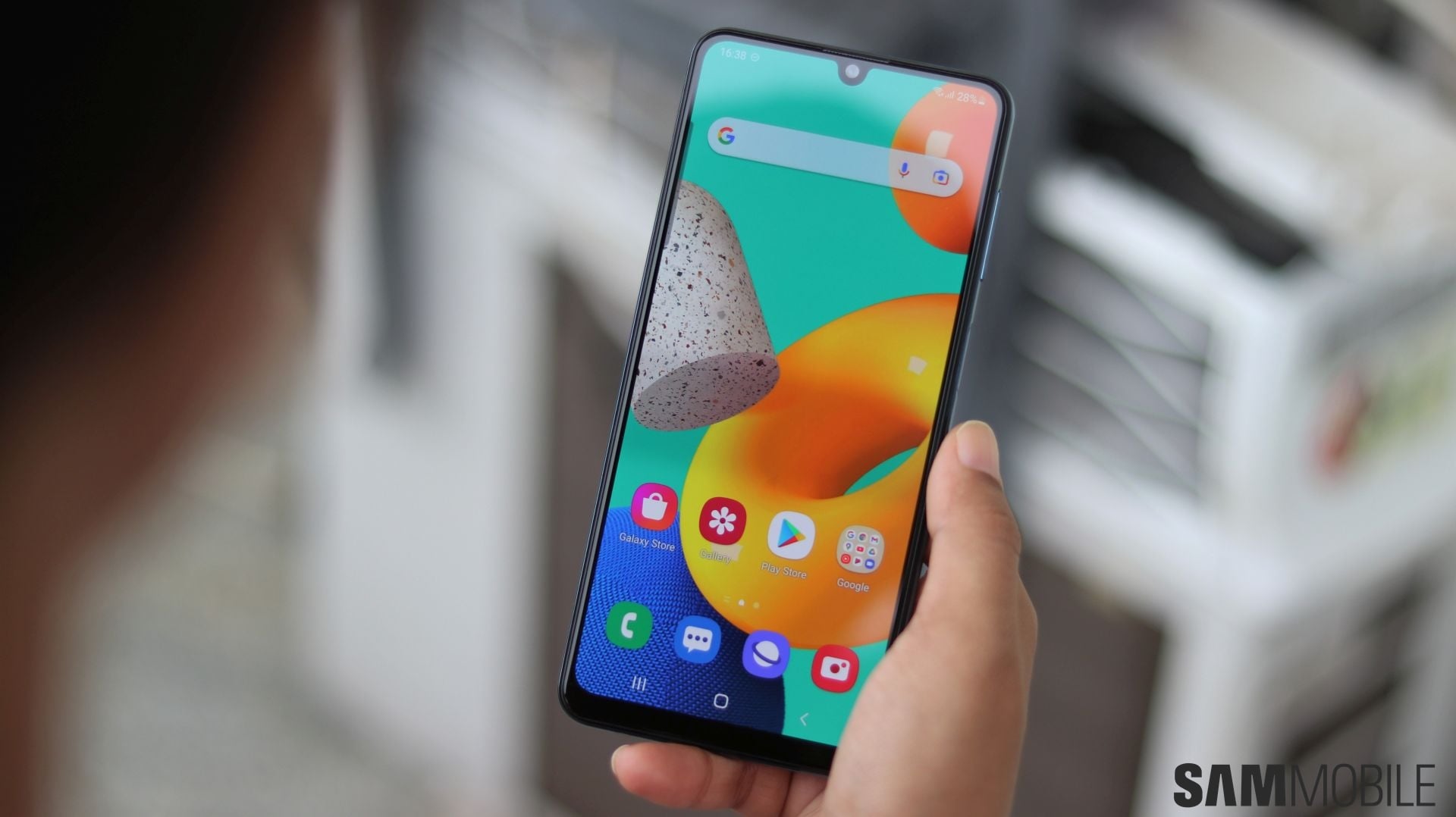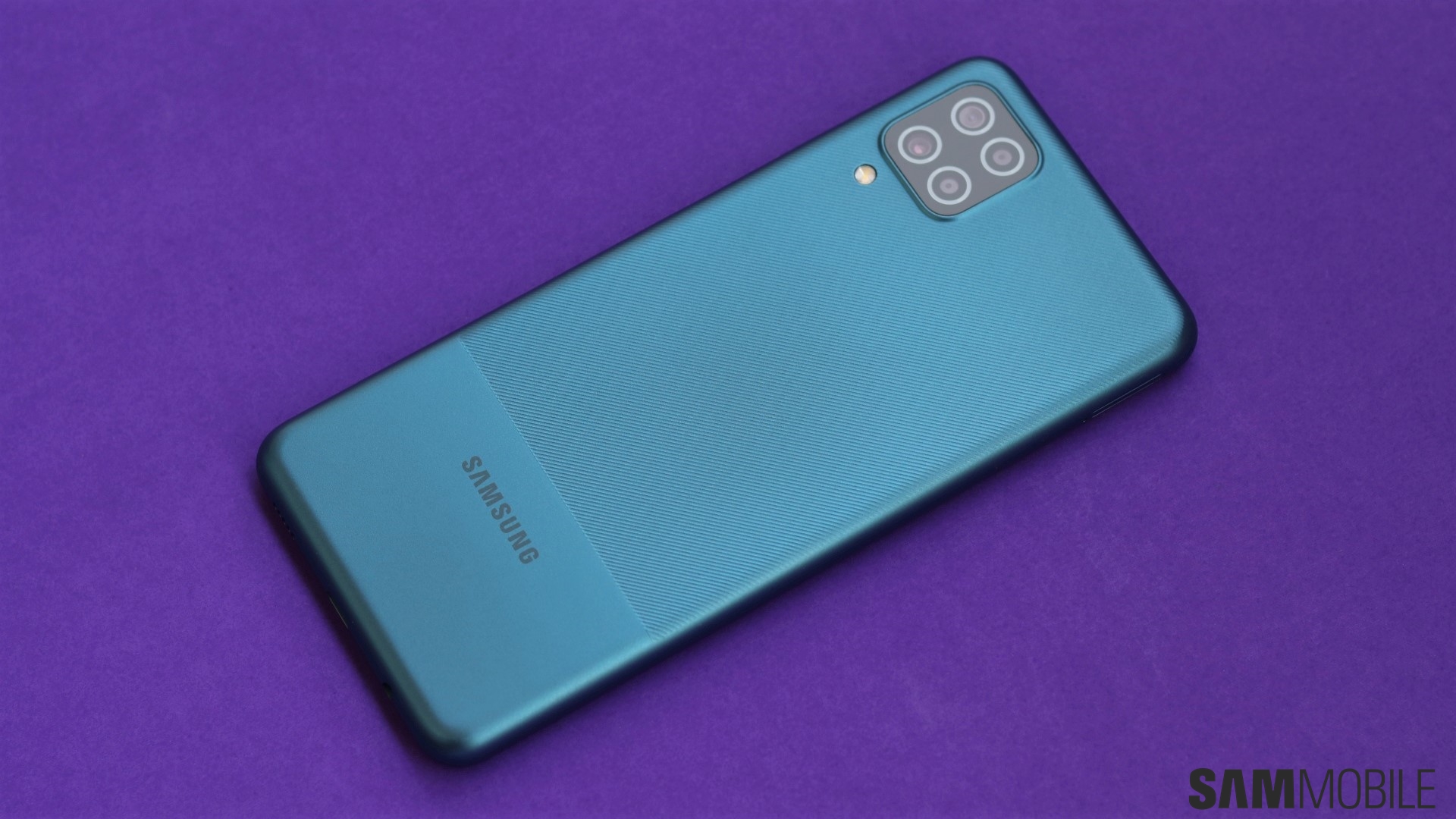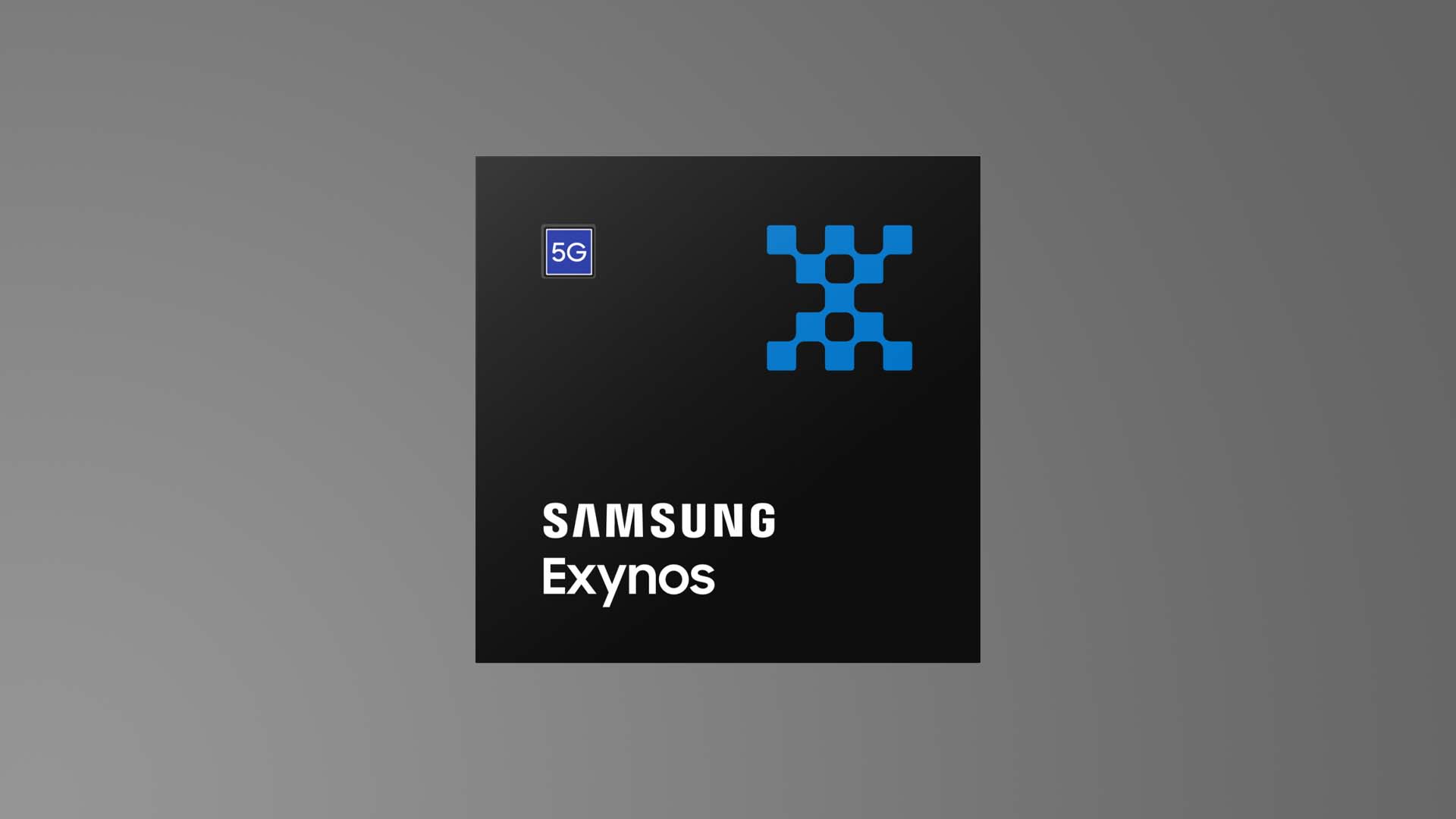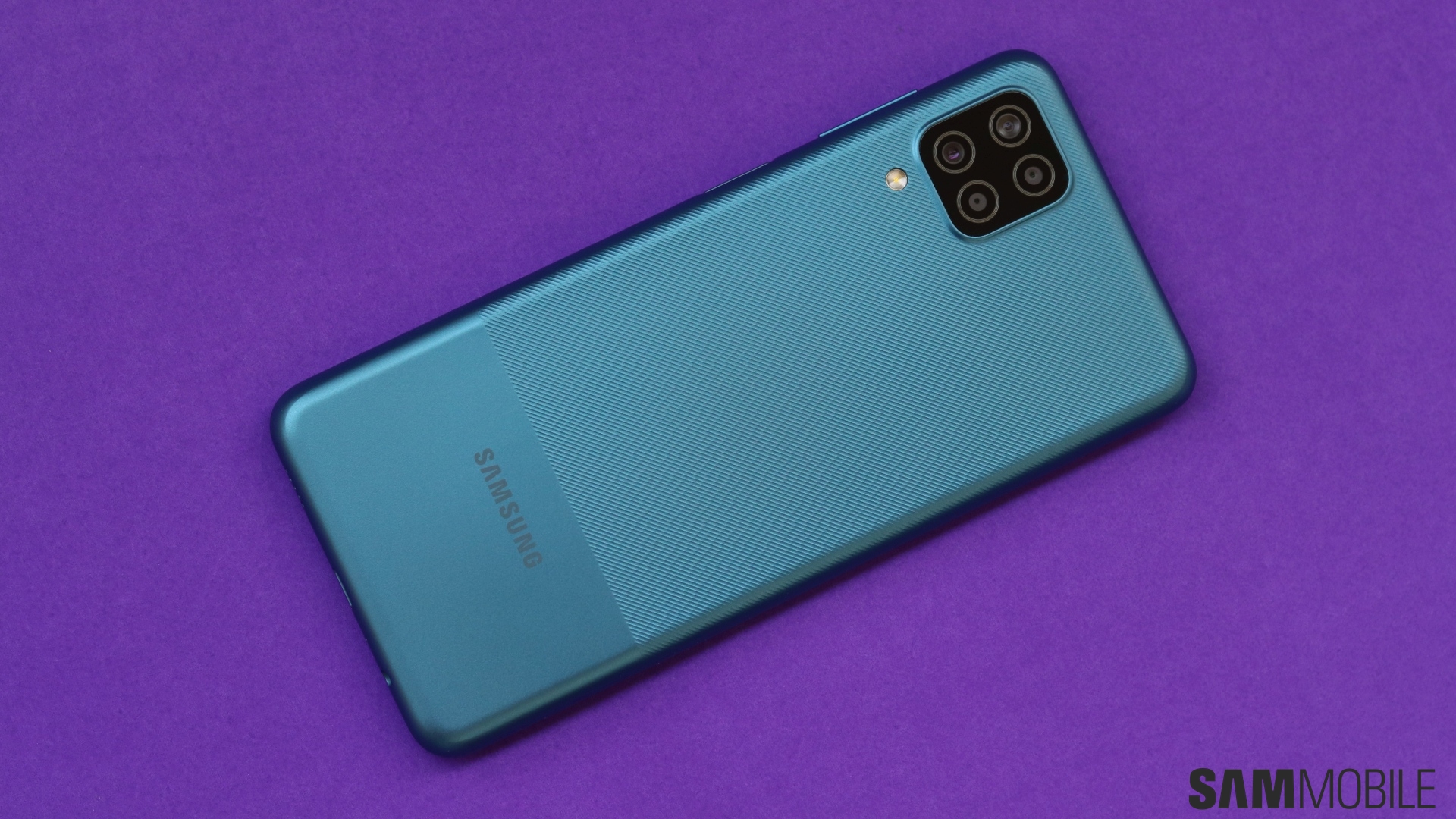
The rest of the spec sheet isn't too special, though. That 90Hz refresh rate is tied to an LCD display with HD resolution, and battery charging speed maxes out at 15W. The 48MP main rear camera is accompanied by low-resolution ultra-wide, macro, and depth sensors, the software is the Core version of One UI 3.1 (which means most good Samsung features have been stripped away), and it is powered by the low-end Exynos 850 chipset.
But does that mean the Galaxy M12 shouldn't be on your list when you're out shopping for a new phone? Not really, and this review will tell you why.
Design
With Samsung's M series phones, the prettiness of the design is often inversely proportional to how good the spec sheet is. For the devices with impressive specs, like the M31s or M51, Samsung chooses to go with a plain and boring design. For devices that don't have too many attractive specs, the company puts more focus on the design, and the Galaxy M12 is yet another example of that.
The M12's rear panel looks very classy, with a multitude of diagonal lines running across most of the back and the rest having a plain untextured look, which is where the Samsung logo resides. The phone could easily pass for something more high-end than it actually is thanks to that design, and the texture on the rear panel also makes for excellent grip.
The M12's rear panel looks very classy.
As you would expect, the Galaxy M12 is a rather heavy phone, tipping the scales at 221g, but you get two-day battery life in exchange. The bezels upfront are also quite large, at least when compared to costlier M series and A series phones. Again, nothing you wouldn't expect at this price point from a Samsung device, though it is becoming very outdated at this point and is something I would like the company to change.
The fingerprint sensor is integrated into the power button, and like all capacitive fingerprint readers, this one reacts instantly and has very high accuracy. And, for those wondering what you get in the box, there's only a 15W charger and a USB-A to USB-C cable. No case, no earphones.
Display
The 90Hz refresh rate is the only saving grace of the Galaxy M12's display. The screen isn't very sharp, the colors are dull, and brightness levels aren't too hot, either. But I'm surprised how good the high refresh rate works here, despite the Exynos 850 being a very humble low-end processor focused purely on efficiency. It works better on the M12 than it does on the A32, which costs almost twice as much.
Except for the occasional lag when switching between apps or going to the home screen, the M12 is able to offer fluid scrolling and animations in most apps. However, like the Galaxy A32, which also has a 90Hz screen, the notification shade and quick toggle area are permanently locked to 60Hz for some reason. 90Hz mode also gets turned off when you're using apps like YouTube in picture-in-picture mode and navigate through the user interface and other apps at the same time.
The M12 is able to offer fluid scrolling and animations in most apps
Still, inside most apps you will find a smoother scrolling experience 70-80% of the time. It's likely the low resolution of the display means the GPU doesn't have to work as hard to keep things running at maximum refresh rate, and, again, it was surprising to see the Exynos 850 handle it so well. Too bad the display is otherwise quite mediocre – an AMOLED display would have made the experience considerably better. Not that I'm complaining, considering the starting price of the M12 (Rs 10,999/$150).
Cameras
For a cheap phone, the M12 takes fairly solid pictures with its 48MP primary camera outdoors during the day and even in the nighttime when there's a good amount of artificial lighting around. With very little artificial lighting, photos come out noisy and dark, and there's no Night mode to get around that. In fact, the camera app has very few modes – you only get Pro, panorama, portrait, and food modes to choose from.
The 8MP ultra-wide camera barely gets the job done. There's a watercolor effect in photos taken in even bright daylight, and color reproduction isn't very accurate. Nighttime ultra-wide pics have a lot of noise and very poor dynamic range. As for the 2MP depth and macro cameras, the less said about them the better. Bokeh photos look good enough, but the macro camera's megapixel count is too low for any meaningful results.
Selfies are often very soft, though skin tones are mostly accurate. Video recording, meanwhile, is a very basic affair. It maxes out at Full HD 30 frames per second, and videos are shaky with just a little bit of movement thanks to the lack of optical image stabilization, which is standard fare for Samsung's mid-range and budget phones, or it was until the Galaxy A52 and Galaxy A72 came along.
Performance
You probably got an idea from the display section of this review that the Galaxy M12 performs pretty well, at least for the asking price. There is lag and stutter from time to time when you're navigating through the interface or switching between apps, but the phone generally tends to keep things running along smoothly. It's in stark contrast to last year's Galaxy A21s, which had a 60Hz display and the same processor and still had considerably more slowdowns.
The Galaxy M12 performs pretty well, at least for the asking price.
Gaming performance is a little less exciting: You can only have a smooth experience in graphics-heavy titles like Call of Duty and Asphalt 9 at their lowest settings. That's quite good for a chipset like the Exynos 850, though, and at this price point you can't really expect much more from a Galaxy device. This isn't a gamer's phone, in short.
Software
The Galaxy M12 runs One UI Core 3.1 atop Android 11 out of the box, and the feature set is extremely limited. No Always On Display, no built-in screen recorder, no Samsung Pay, no Bixby, no Secure Folder… the list goes on. You get basic features like one-handed mode, Dual Messenger, theme support, Game Launcher, and motions and gestures like Lift to wake and Double tap to turn on screen. Quick Share for quickly transferring files to other Galaxy devices over Wi-Fi Direct and Music Share for sharing Bluetooth audio devices with others are present as well.
The Galaxy M12 will probably get two major OS updates, same as earlier devices like the Galaxy M10, but don't expect to see those updates bring many new features considering how the software is so bare-bones out of the box.
Battery life
Thanks to the efficient Exynos 850 chipset and the 6,000 mAh battery, the Galaxy M12 can last two days on a single charge with light to moderate use. And one full day is possible even with heavy use. If battery life is one of your biggest concerns, the Galaxy M12 will make you very happy. Just don't expect ultra fast charging. It supports 15W charging (a 15W charger comes in the box) which takes two hours and 45 minutes to fill up the battery from 0 to 100.
Audio, call quality
The Galaxy M12, like all of Samsung's recent mid-range and budget phones, has very quiet speakers that can be inaudible with even a bit of ambient noise around. Plus, there are no earphones in the box so you will have to get your own, though having Dolby Atmos means you can have a good wired and Bluetooth audio experience. Calls, which have to be taken on the earpiece to be able to listen to the other person properly, work fine, and so does network reception. However, like other M series phones, you don't get support for carrier aggregation, so you can only connect to 4G/LTE networks, not 4G+/ or LTE-A networks.
Verdict
The Galaxy M12 took me by surprise, as you probably already surmised after reading the title of this review. The display's quality is rather mediocre, but the 90Hz refresh rate works well most of the time and makes for smooth animations and scrolling.
The battery life is splendid, performance is good despite the low-end Exynos chipset, and the main camera does well when there's a good amount of natural or artificial lighting. You also get the latest Android and Samsung software, even if it isn't the most feature-packed implementation.
If you're shopping for a sub-$150 smartphone, the Galaxy M12 is an excellent option that provides a user experience that punches above its weight. Buy it.
P.S.: Want to know something about the Galaxy M12 that’s not mentioned in the review? Ask me in the comments section and I’ll do my best to answer.
[modelinfo model=SM-M127G]
Samsung Galaxy M12
What we like
- 90Hz refresh rate works surprisingly well
- Splendid battery life
- Main camera takes good pictures in daylight
- Performance is good despite weak processor
- Classy design
- Android 11 and One UI Core 3.1 out of the box
What we don't
- Display quality is mediocre
- Basic camera app, poor low-light photos
- 2MP macro camera is useless
- Speaker too quiet
- Software stripped of most Samsung features












